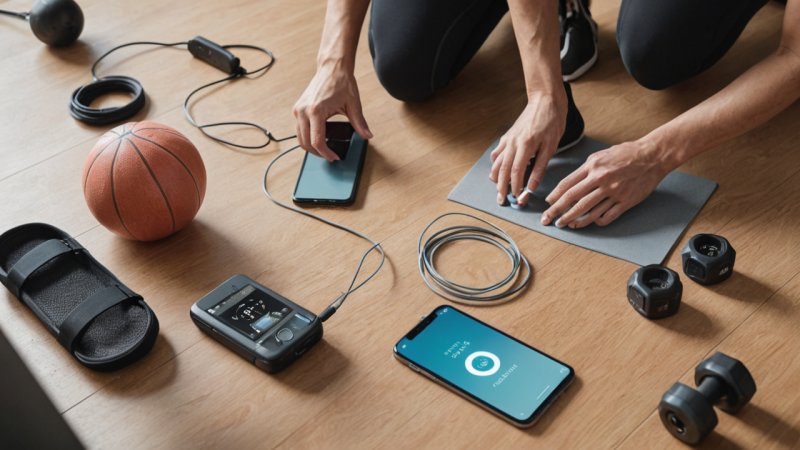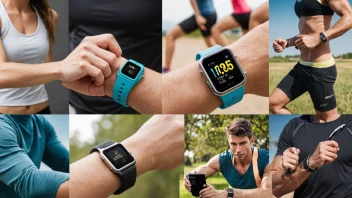In today's fast-paced sports environment, athletes are increasingly turning to fitness gadgets to optimize their training performance. These devices not only track progress but also provide valuable insights that can help improve safety and effectiveness during workouts. With various options available, athletes can find tools that cater to their specific needs, from heart rate monitors to advanced smartwatches. Understanding how to effectively use these gadgets can lead to significant improvements in training outcomes.
Fitness gadgets, such as fitness trackers and smartwatches, are essential for monitoring various health metrics. They can track heart rate, calorie burn, and activity levels, giving athletes a comprehensive overview of their physical condition. By analyzing this data, athletes can adjust their training intensity to ensure they are pushing themselves appropriately without risking injury. For instance, a heart rate monitor can help an athlete stay within their target heart rate zone, aiding in the prevention of overtraining while optimizing cardiovascular benefits.
Another significant advantage of fitness gadgets is their ability to provide real-time feedback. Many devices come equipped with GPS functionality, allowing athletes to measure their pace and distance during runs or bike rides. This information can be crucial for setting realistic goals and pacing strategies. Furthermore, devices that offer audio cues can keep athletes motivated, providing updates on performance metrics without interrupting their focus.
Incorporating technology into training routines also means athletes can set specific, measurable goals. Many fitness gadgets come with built-in training programs or apps that offer structured workouts tailored to an athlete's skill level. This feature encourages users to stick to their training plans and hold themselves accountable. For example, an athlete training for a marathon can follow a guided program that gradually increases mileage, ensuring a safe and effective buildup to race day.
Moreover, the social aspect of fitness gadgets cannot be overlooked. Many platforms allow users to connect with friends, join challenges, and share achievements. This community support can enhance motivation and commitment to training. Participating in friendly competitions can also push athletes to improve their performance while reinforcing a culture of safety and awareness, as they encourage each other to use proper techniques and equipment.
Lastly, staying updated with the latest advancements in fitness technology is crucial. Developers continuously enhance the features of fitness gadgets, from improved battery life to more accurate sensors. Athletes should familiarize themselves with the latest innovations, such as smart fabrics for tracking muscle strain or advanced recovery devices that aid in injury prevention. By leveraging these advancements, athletes can stay ahead of the curve and maximize their training effectiveness.
In conclusion, fitness gadgets offer an array of benefits that can significantly improve training performance while ensuring safety. By utilizing these devices to track health metrics, provide real-time feedback, set measurable goals, and engage with a supportive community, athletes can enhance their training regimens. As technology continues to evolve, embracing these tools will allow athletes to achieve their performance goals while minimizing the risk of injury.
Enhancing Training with Fitness Gadgets
Discover how fitness gadgets can optimize your training performance while ensuring safety and effectiveness in your workouts.






